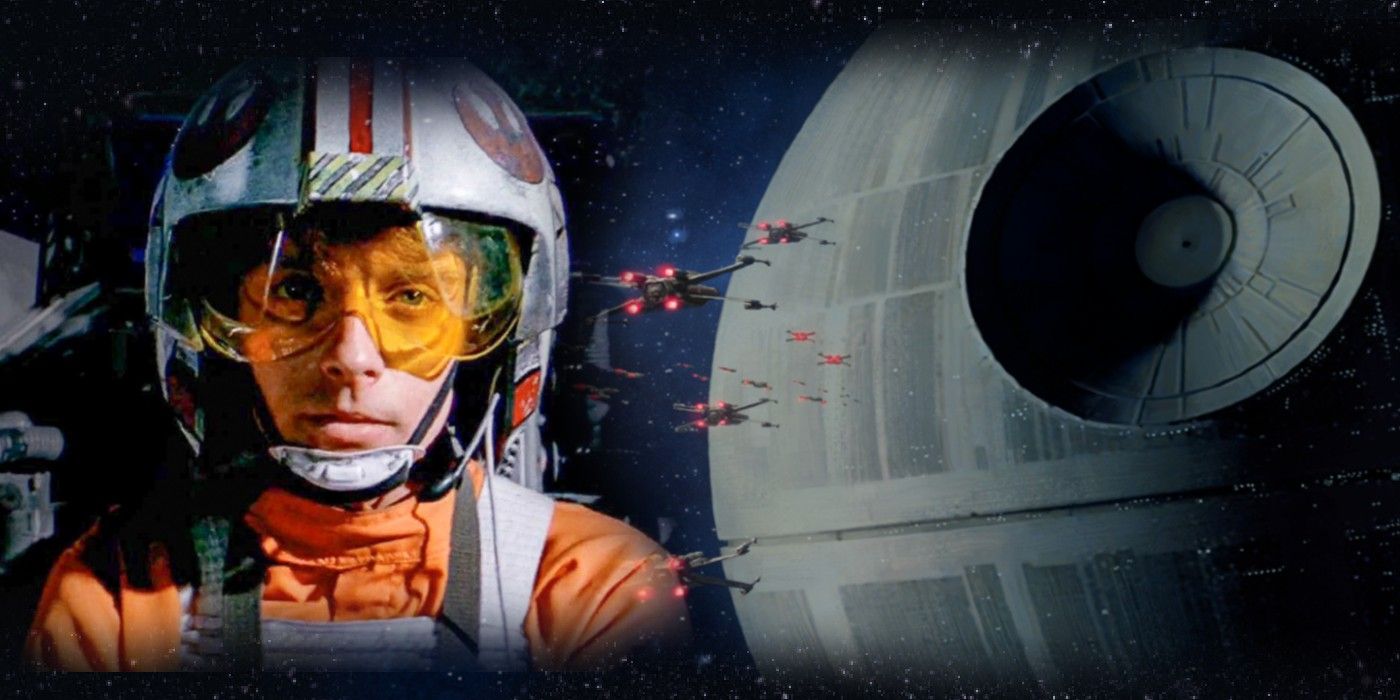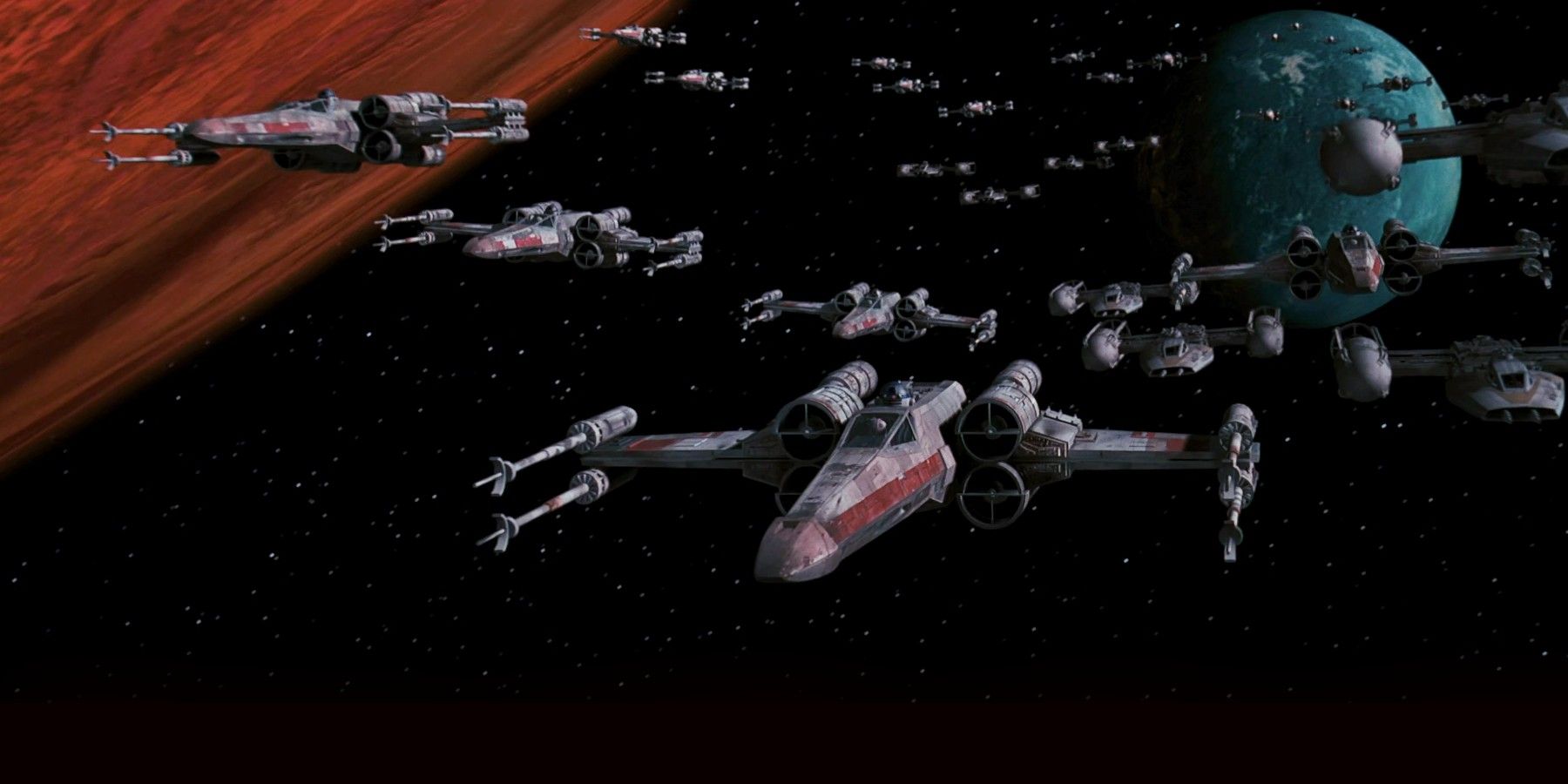The Star Wars trench run is one of the most iconic sequences in all of cinema, but it took a significant editorial intervention to make it into the thrilling finale that is so loved and admired. The process of making the original Star Wars: A New Hope movie was infamously difficult and lengthy. George Lucas wrote multiple story treatments and script drafts, filming in the Tunisian desert was far from easy, and when he assembled a rough cut of the movie, the reaction was far from universally positive.
Following the screening of the cut, Steven Spielberg claimed he saw the movie’s potential, while Carrie director Brian De Palma apparently savaged it. Perhaps unsurprisingly, De Palma has since disputed this idea, although he has admitted that, when he saw the cut of the movie, he took issue with the famous opening crawl, which he, along with Jay Cocks, subsequently edited and rewrote. However, this was not the only thing about Star Wars that required editing. Much of the first third of the movie was reworked, reordered, and reshaped to make it more coherent for audiences being introduced to the galaxy far, far away.
These changes, though extensive, were less significant compared to those required for the Death Star trench run. As originally envisioned, this sequence was radically different and much longer, with Luke Skywalker (Mark Hamill) making two attempts to destroy the Death Star before ultimately succeeding. More importantly, the Death Star was not trying to destroy the Rebel base on Yavin IV in the initial screenplay. However, this was radically reworked through judicious cuts and visual and dialogue inserts to make it into the suspenseful, climactic, and exciting ending that Star Wars needed. Much of the credit for how it turned out should be given to one of George Lucas’s most important and underappreciated collaborators, his ex-wife, Marcia Lucas.
How Marcia Lucas Saved Star Wars' Trench Run Scene
While two other editors contributed hugely to making Star Wars the movie it turned out to be, Paul Hirsch and Richard Chew were not tasked with dealing primarily with the ending. Instead, Marcia Lucas’s unenviable task was to fit an impressive amount of story details into Luke Skywalker’s single trench run. As J.W Rinzler’s The Making of Star Wars points out:
“Within one trench run, the following had to be conveyed either visually or verbally: Luke’s initial intention to use the computer, Ben’s dialogue, Vader’s actions, R2-D2’s drama, Han’s arrival, the fate of the other pilots, Leia’s feelings – all within the believable length of physical space along the trench”
For her part, Marcia Lucas has simply described the sequence as “all editorially manufactured.” Yet, clearly, her influence on the finished movie was huge, and, in this context, it was probably unsurprising that she, along with Hirsch and Chew, won the Academy Award for Best Film Editing in 1978. Even so, it should be noted that it was a collaborative effort and even in the editorial process of Star Wars, George Lucas was heavily involved. Indeed, he has claimed that editing is the part of filmmaking that he loves the most, especially in comparison to screenwriting.
This may help to explain his apparent inability to stop editing the original trilogy of Star Wars Movies. The power of editing for Lucas seems to be in the ability to refine his vision and change meanings for audiences, as seen in the debate around Han Solo shooting first at Greedo. Even so, whether George Lucas's alterations are seen as positive or negative, there can be little doubt that they have done little to dilute the power that the original Star Wars movie, especially its finale, has on audiences to this day.


